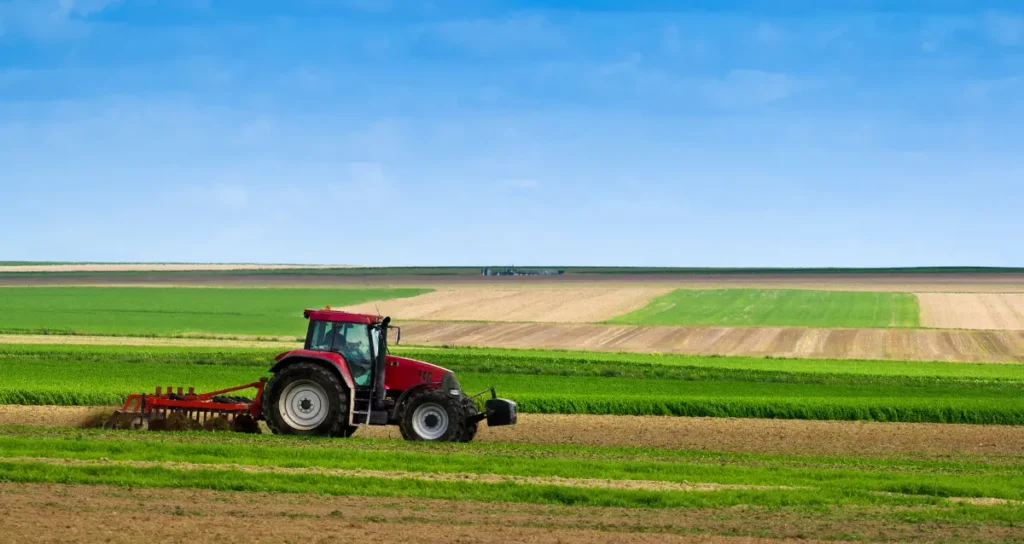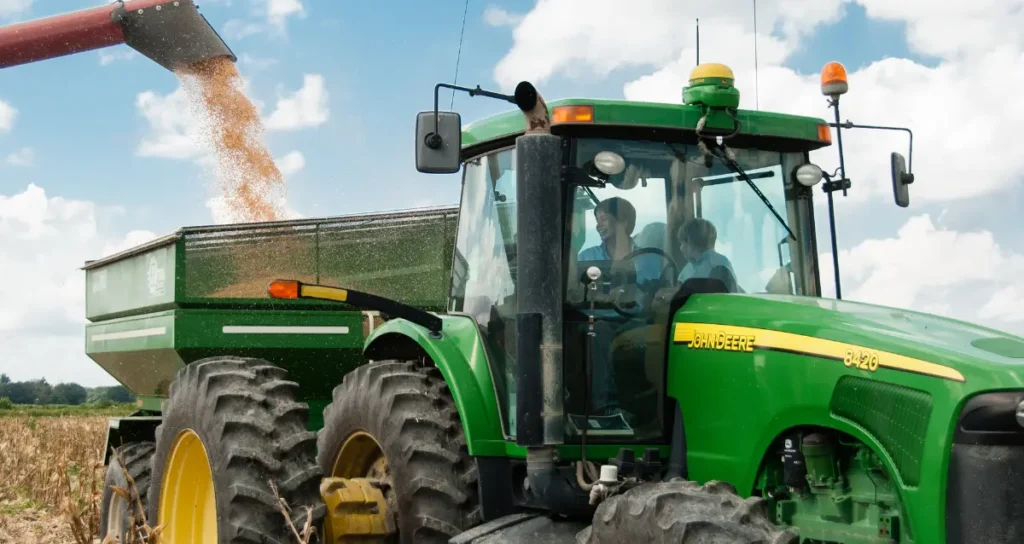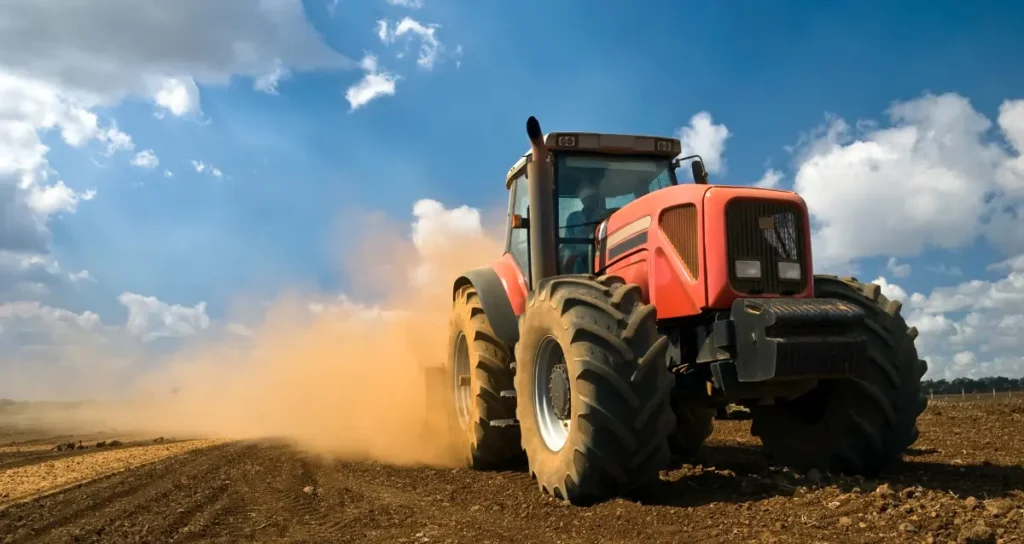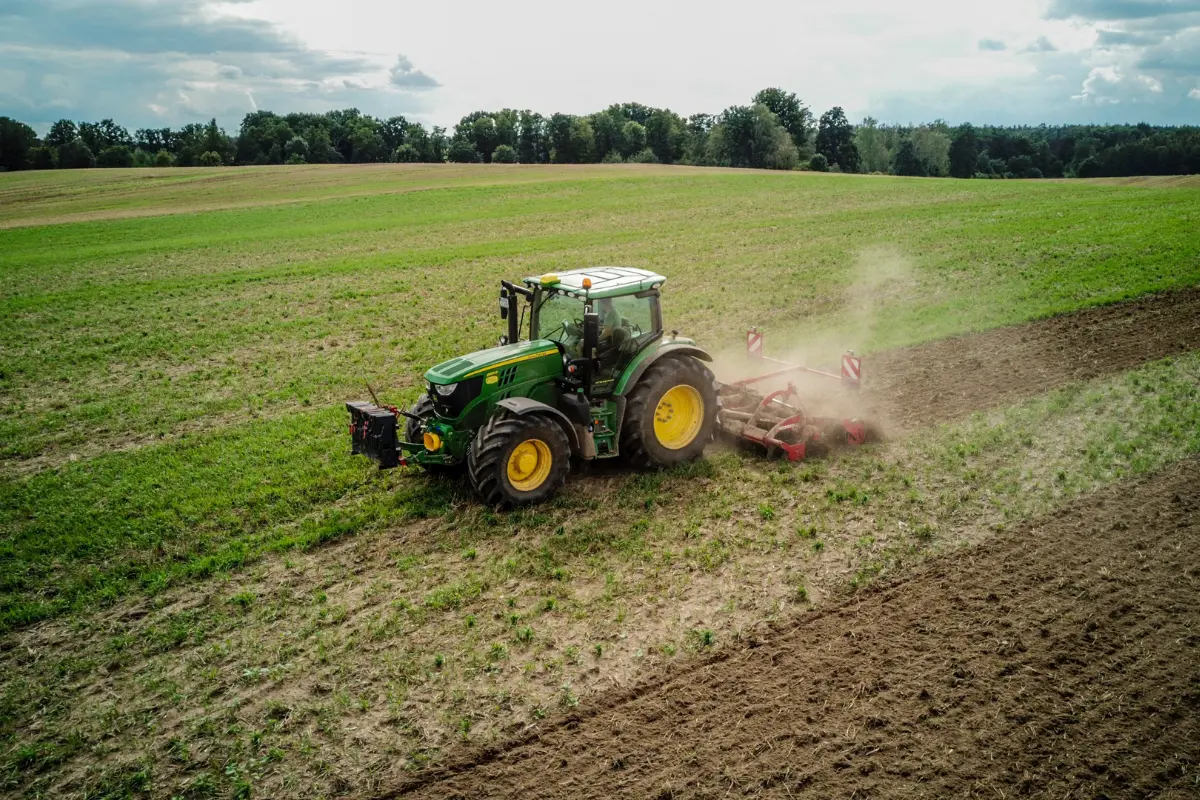Top 10 Advanced Tractor Technologies For Modern Farming
Farming has seen tremendous advancements, with modern technologies transforming how we cultivate crops and manage fields. Among these innovations, advanced tractor technologies have emerged as critical tools for farmers to increase productivity, save resources, and improve crop yields. In this blog, we will explore the top 10 advanced tractor technologies that are shaping the future of modern farming.
Understanding the Basics of Tractor Technologies
Before diving into specific technologies, it’s essential to understand why tractor innovations are critical for farming today. Traditional agriculture relied heavily on manual labor, making it time-consuming and often inefficient. The agricultural landscape changed drastically with the introduction of tractors, allowing for faster, more accurate, and less labor-intensive farming. However, today’s farmers face new challenges, such as labor shortages, unpredictable weather, and the demand for sustainable practices.
Advanced tractor technologies provide solutions to these challenges. They increase efficiency and allow farmers to optimize every aspect of the farming process—from planting and fertilizing to harvesting and monitoring. Importance of Tractor Technology:
- Enhances productivity by reducing manual labor.
- Improves precision in fieldwork, leading to better yields.
- Reduces environmental impact through more efficient resource use.

Top 10 Advanced Tractor Technologies
1. Precision Fertilizer Spraying
Modern tractors with precision spraying systems ensure fertilizers are applied evenly and accurately. These systems use GPS and smart sensors to adjust the amount of fertilizer sprayed based on the specific needs of different field areas, reducing waste and improving crop growth. This saves costs and minimizes the environmental impact by preventing over-application.
2. Autonomous Tractors
Autonomous tractors are designed to operate without a human driver. These tractors are equipped with sensors, cameras, and GPS to perform tasks such as plowing, planting, and harvesting autonomously. Key Features:
- Can work continuously without breaks, increasing productivity.
- Reduces reliance on manual labor, which is especially beneficial during labor shortages.
- Equipped with safety systems to detect and avoid obstacles.
3. Telematics Systems
Telematics systems allow farmers to monitor and manage their tractors remotely through data tracking. These systems provide real-time information on the tractor’s performance, fuel usage, and maintenance needs. Advantages:
- Remote diagnostics help prevent breakdowns by identifying issues early.
- Reduces downtime and maintenance costs.
- Provides detailed performance data, improving decision-making.
4. GPS-Guided Tractors
GPS-guided tractors are one of the most significant breakthroughs in agricultural technology. These tractors use satellite navigation to precisely guide their movements across fields, ensuring that every pass is accurate and efficient. Benefits:
- Reduces overlap in planting, spraying, and harvesting.
- Saves fuel and labor costs by improving efficiency.
- Ensures even coverage, leading to higher crop yields.

5. Electric Tractors
Electric tractors are becoming more common with the rise of sustainable farming practices. These tractors are powered by batteries instead of diesel fuel, which reduces carbon emissions and lowers operational costs. Why Electric Tractors Matter:
- Zero emissions make them environmentally friendly.
- Reduced fuel costs make them more economical to run.
- Quiet operation benefits workers and nearby communities.
6. Smart Sensors
Smart sensors integrated into tractors can detect everything from soil moisture levels to crop health. These sensors provide real-time data that helps farmers make informed irrigation, planting, and harvesting decisions. Types of Smart Sensors:
- Soil moisture sensors for precise irrigation control.
- Crop health sensors to identify issues early.
- Yield sensors to measure the exact quantity of harvested crops.
7. Drones for Tractor Assistance
Drones are critical to modern farming, especially when combined with tractor operations. They provide aerial views of fields, allowing farmers to monitor crop health, irrigation, and soil conditions. How Drones and Tractors Work Together:
- Drones can guide tractors by mapping fields and identifying problem areas.
- They can assist with precision spraying, reducing the tractor’s workload.
- Drones collect valuable data to improve tractor efficiency.
8. Automated Spraying Systems
Automated spraying systems apply pesticides, herbicides, and fertilizers evenly across fields. These systems, often integrated with GPS-guided tractors, help reduce waste and enhance crop health. Benefits:
- Reduces the amount of chemicals used by targeting specific areas.
- Ensures even application, improving crop protection.
- Lowers environmental impact by preventing over-spraying.
9. Tractor Software for Data Analytics
Modern tractors are now equipped with software that collects data from the field, analyses it, and provides farmers with actionable insights. This data helps optimise farm operations and improve decision-making. Key Features:
- Data-driven insights improve overall crop management.
- Integration with farm management systems for smoother operations.
- Predictive analytics help prevent potential issues before they arise.

10. Hybrid Tractors
Hybrid tractors combine traditional diesel engines with electric power. This hybrid approach offers both power and fuel efficiency, making these tractors ideal for large-scale farming operations. Why Choose Hybrid Tractors:
- Reduced fuel consumption leads to cost savings.
- Lower emissions contribute to sustainable farming practices.
- Hybrid power ensures tractors can handle heavy-duty tasks with ease.
Conclusion
Advanced tractor technologies are driving the future of farming. By adopting innovations such as GPS guidance, autonomous operation, electric power, and real-time data analytics, farmers can increase efficiency, reduce costs, and improve sustainability. These advancements are not just about modernizing farming; they are about meeting the growing demands of the global population while protecting the environment.
As agriculture continues to evolve, investing in these advanced tractor technologies is essential for staying competitive in the industry. Whether you are looking to improve crop yields, reduce labor costs, or enhance sustainability, these technologies offer practical solutions for today’s challenges.







